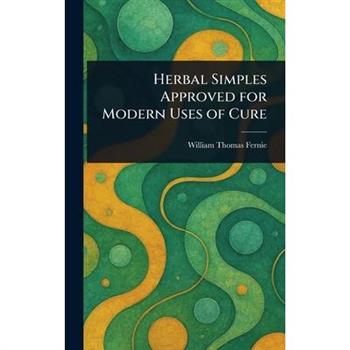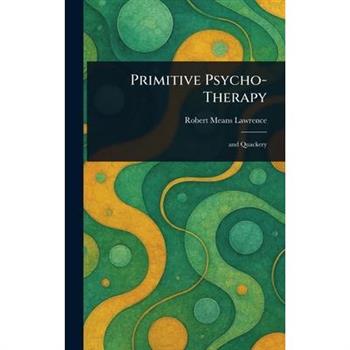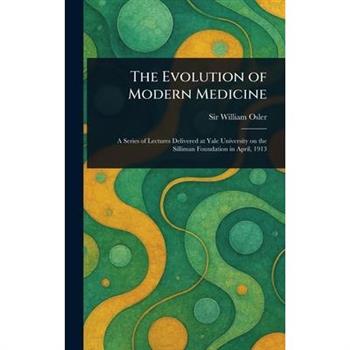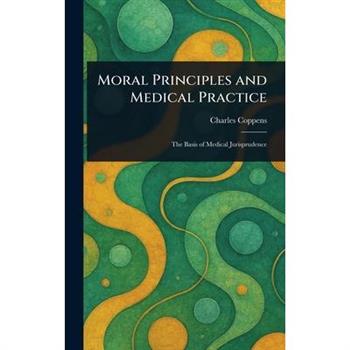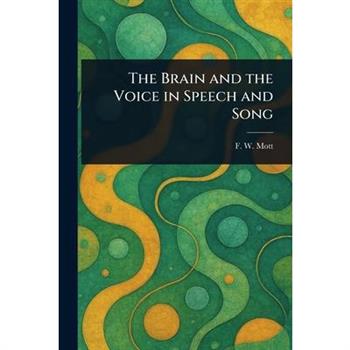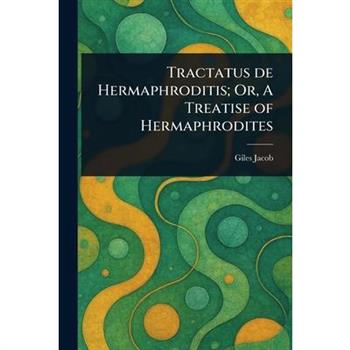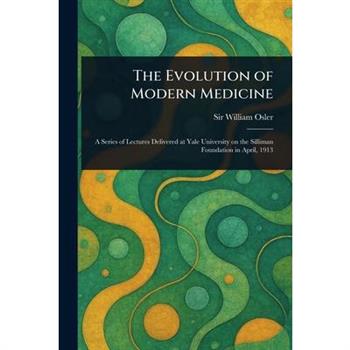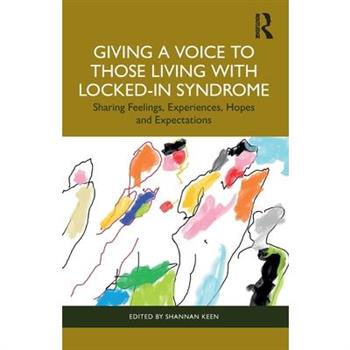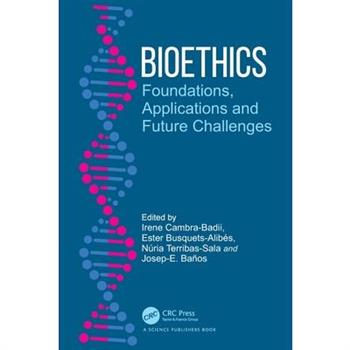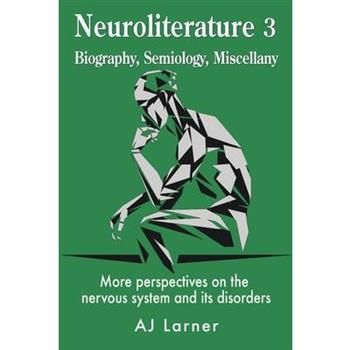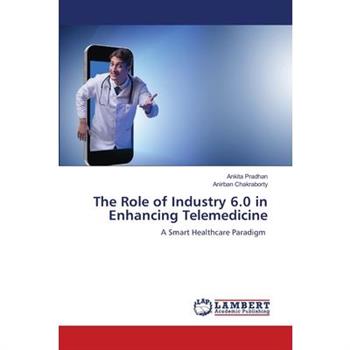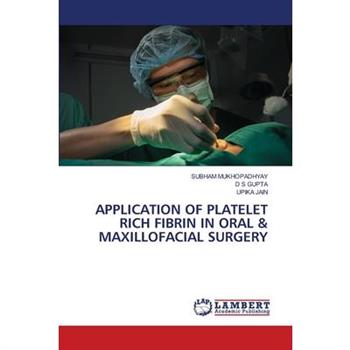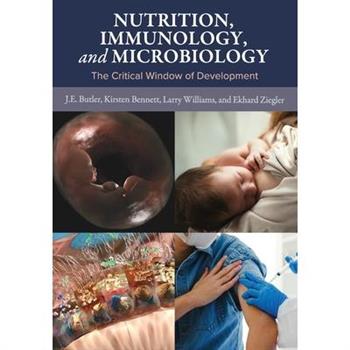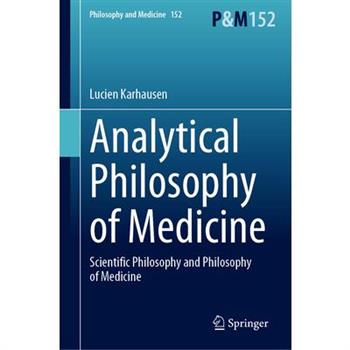The New Thought Movement in Healthcare
This book delves into the evolution of the New Thought Movement and its pervasive influence on modern healthcare. The book begins by tracing the roots of the New Thought Movement, originating in the 19th century, emphasizing the power of the mind in healing and personal development. Over time, this philosophy morphed into the contemporary positive thinking industry, becoming a significant component of Western self-help culture. The book explores how these ideas have become a contentious point in today's culture wars, polarized between supporters who credit it for personal empowerment and critics who highlight its limitations and potential harm. Central to the discussion is an in-depth analysis of the New Thought philosophy's impact on the healthcare industry. While acknowledging the potential benefits, such as motivating patients to adopt healthier lifestyles and fostering a sense of personal agency, the book critically examines how this philosophy's emphasis on mental positivity can lead to victim-blaming. It argues that oversimplifying health issues by attributing them solely to personal mindset obscures the multifaceted reality of health, particularly the significant role of social determinants of health and systemic inequities. This critique underscores how attributing illness to insufficient positive thinking can perpetuate stigma and neglect the socio-economic and environmental factors critical for understanding and addressing health challenges. By offering a nuanced perspective, the book aims to catalyze discussions on integrating mindful optimism with a holistic acknowledgment of the complexities inherent in healthcare, striving for a more balanced and equitable approach
Situating Religion and Medicine in Asia
This edited volume presents the latest research on the intersection of religion and medicine in Asia. It features chapters by internationally known scholars, who bring to bear a range of methodological and geographic expertise on this topic. The book's central question is to what extent 'religion' and 'medicine' have overlapped or interrelated in various Asian societies. Collectively, the contributions explore a number of related issues, such as: which societies separated out religious from medical concerns, at which times and in what ways? Where have medicine and religion converged, and how has such knowledge been defined by scholars and cultural actors? Are 'religion' and 'medicine' the best terms by which scholars can grapple with knowledge about the sacred and the self, destiny and disease?
The Malleable Body
This book uses amputation and prostheses to tell a new story about medicine and embodied knowledge-making in early modern Europe. It draws on the writings of craft surgeons and learned physicians to follow the heated debates that arose from changing practices of removing limbs, uncovering tense moments in which decisions to operate were made. Importantly, it teases out surgeons' ideas about the body embedded in their technical instructions. This unique study also explores the material culture of mechanical hands that amputees commissioned locksmiths, clockmakers, and other artisans to create, revealing their roles in developing a new prosthetic technology. Over two centuries of surgical and artisanal interventions emerged a growing perception, fundamental to biomedicine today, that humans could alter the body -- that it was malleable.
Fundamentals of Sleep and Circadian Science
Advances in Experimental Philosophy of Medicine
This open access collection brings together a team of leading scholars and rising stars to consider what experimental philosophy of medicine is and can be.While experimental philosophy of science is an established field, attempts to tackle issues in philosophy of medicine from an experimental angle are still surprisingly scarce. A team of interdisciplinary scholars demonstrate how we can make progress by integrating a variety of methods from experimental philosophy, including experiments, sociological surveys, simulations, as well as history and philosophy of science, in order to yield meaningful results about the core questions in medicine. They focus on concepts central to philosophy of medicine and medical practice, such as death, pain, disease and disorder, advance directives, medical explanation, disability and informed consent. Presenting empirical findings and providing a crucial foundation for future work in this dynamic field, this collection explores new ways for philosophers to cooperate with scientists and reveals the value of these collaborations for both philosophy and medicine.The eBook editions of this book are available open access under a CC BY-NC-ND 4.0 licence on bloomsburycollections.com. Open access was funded by the European Research Council Starting Grant.
Learning Health Systems
Despite enormous efforts at healthcare improvement, major challenges remain in achieving optimal outcomes, safety, cost, and value. This Element introduces the concept of learning health systems, which have been proposed as a possible solution. Though many different variants of the concept exist, they share a learning cycle of capturing data from practice, turning it into knowledge, and putting knowledge back into practice. How learning systems are implemented is highly variable. This Element emphasises that they are sociotechnical systems and offers a structured framework to consider their design and operation. It offers a critique of the learning health system approach, recognising that more has been said about the aspiration than perhaps has been delivered. This title is also available as open access on Cambridge Core.
The Role of Industry 6.0 in Enhancing Telemedicine
Disease Control Priorities, Fourth Edition (Volume 1)
Building on the foundation of the three previous editions of Disease Control Priorities (DCP), published from 1993 through 2019, this new fourth edition, DCP4, uses a country-specific approach based on collaboration to summarize, produce, and help translate economic evidence into better priority setting and capacity strengthening for universal health coverage, public health functions, pandemic preparedness and response, and intersectoral and international action for health. Volume 1--Country-Led Priority Setting for Health--presents the overall lessons learned in defining and implementing essential health service packages (EHSPs). The volume is divided into three parts that highlight successes and failures and the way forward. - Part 1 focuses on the experiences of selected countries in developing their EHSPs, including Afghanistan, Ethiopia, the Arab Republic of Iran, Malawi, Pakistan, Somalia, and Zanzibar; Nigeria's Lancet Commission; India's Ayushman Bharat Health System Reforms; the success and failures of Colombia's health benefit package; and the evolution of priority setting in Mexico. - Part 2 presents cross-cutting insights on the development and implementation of EHSPs based on the experiences of Afghanistan, Ethiopia, Pakistan, Somalia, Sudan, and Zanzibar. It includes key steps and parameters for successful development and implementation; lessons learned related to costing and financing; monitoring and evaluation; and the role of the private sector in the development and delivery of EHSPs. - Part 3 presents three case studies: cross-national experiences on child health and development during school age and adolescence (the next 7,000 days), as well as the implementation of both the DCP3 essential noncommunicable diseases and surgery packages.
Nutrition, Immunology, and Microbiology
Body Maps
A historical and cultural study of how representing invisible anatomical structures has reshaped our understanding of human anatomy.In Body Maps, Lan A. Li unveils a rich history of the hidden landscapes of the human body. This compelling study explores the world of "invisible" anatomy, explaining how hand-drawn body maps have shaped our understanding of the human form across cultures and centuries. From the meridian charts in East Asian medicine to neurophysiological illustrations, Body Maps traces the evolution of anatomical representation from the tenth to the twentieth centuries. Drawing on case studies across time and place, from Kaifeng to Dejima and from Beijing to Berlin, Li expertly navigates the complex interplay between Eastern and Western medical traditions. At the heart of this history remains a perennial mystery: How did representations of jingluo (meridians) become intertwined with--and sometimes subsumed by--concepts of nervous anatomy? By examining the graphic history of these invisible structures, Body Maps challenges our assumptions about the stability of medical knowledge and invites us to reconsider the nature of anatomical "reality." Each chapter opens with a single image and explores how practitioners negotiated between materiality and metaphor, with the nature of the body and the symbols used to represent it. Body Maps is a thought-provoking exploration of how images shape our understanding of the world. By bringing together insights from the history of science, postcolonial studies, art history, Chinese studies, critical cartography, and medical anthropology, Li offers a fresh perspective on the cultures of objectivity that have defined our approach to the human body.
Osman’s Handbook on Medical Ethics and Clinical Research
Crash Course Haematology and Immunology
Crash Course - your effective every-day study companion PLUS the perfect antidote for exam stress! Save time and be assured you have the essential information you need in one place to excel on your course and achieve exam success. A winning formula now for over 25 years, having sold over 1 million copies and translated in over 8 languages, each series volume has been fine-tuned and fully updated to make your life easier. Especially written by senior students or junior doctors/residents - those who understand what is essential for exam success - with all information thoroughly checked and quality assured by expert Faculty Advisers, the result is books that exactly meet your needs and you know you can trust. Each chapter guides you succinctly through the full range of curriculum topics in the MLA syllabus, integrating clinical considerations with the relevant basic science and avoiding unnecessary or confusing detail. Text boxes help you get to the hints, tips and key points you need fast! A fully revised self-assessment section matching the latest exam formats is included to check your understanding and aid exam preparation. The accompanying enhanced, downloadable eBook completes this invaluable learning package. Series volumes have been honed to meet the requirements of today's medical students, although the range of other health students and professionals who need rapid access to the essentials of haematology and immunology will also love the unique approach of Crash Course. Whether you need to get out of a fix or aim for a distinction Crash Course is for you! This updated edition features brand new high-resolution colour images of commonly tested blood films, vivid photographs of haematological skin manifestations, and revamped immunology sections. All new OSCE cases as well as MLA style questions, it covers cutting-edge immunological advancements including mRNA vaccines, biologics, and CAR-T therapy, providing an essential visual and theoretical resource for students.Fully aligned to MLA requirements, with key 'conditions' and 'presentations' highlighted in handy checklists - save valuable revision time and be confident you have the syllabus coveredUpdated self-assessment section matching the latest exam formats - confirm your understanding and improve exam technique fast
Ethical Decision Making in Applied Behavior Analysis
Prepare students in applied behavior analysis (ABA) programs to navigate the complex ethical issues they'll face in their professional practice. Aligned with the Behavior Analysis Certification Board's most recent ethics code, this is the most student-friendly, accessible, and up-to-date ABA ethics text available.Comprehensive and expertly organized, this core text addresses the successes and controversies of ABA head-on, highlights current best practices, and prepares professionals to apply the BACB Ethics Code across clinical, school, community, and home-based settings. Readers will receive foundational knowledge on the diverse factors and considerations influencing ethical behavior in ABA, plus opportunities to interact with real case studies to help them practice decision-making that centers their clients' well-being. Packed with engaging, interactive features, this book is also an invaluable professional reference to help behavior specialists address ethical issues in their everyday practice with clients of all ages.Student-friendly features include: Learning objectives: Start each chapter with a clear outline of goals.Pause and Reflect prompts: Use these reflection exercises individually, in small groups, in class, or in online discussion forums.Talk the Talk scenarios: Practice how to approach difficult conversations from an ethical standpoint.Ethical Workouts: Use sample scenarios to practice step-by-step application of an ethical decision-making process.Downloadable worksheet: Get a six-step Ethical Decision-Making Worksheet, perfect for practice scenarios or use in the field.





